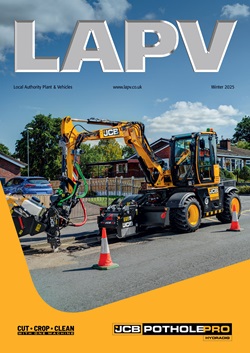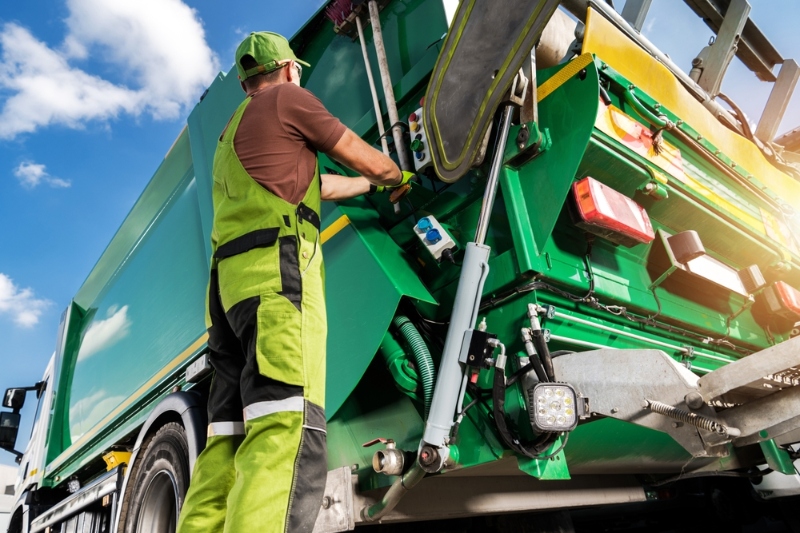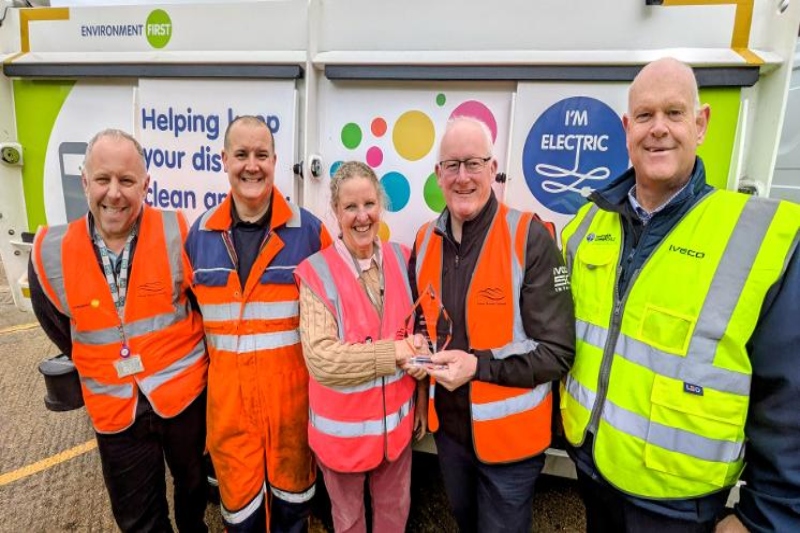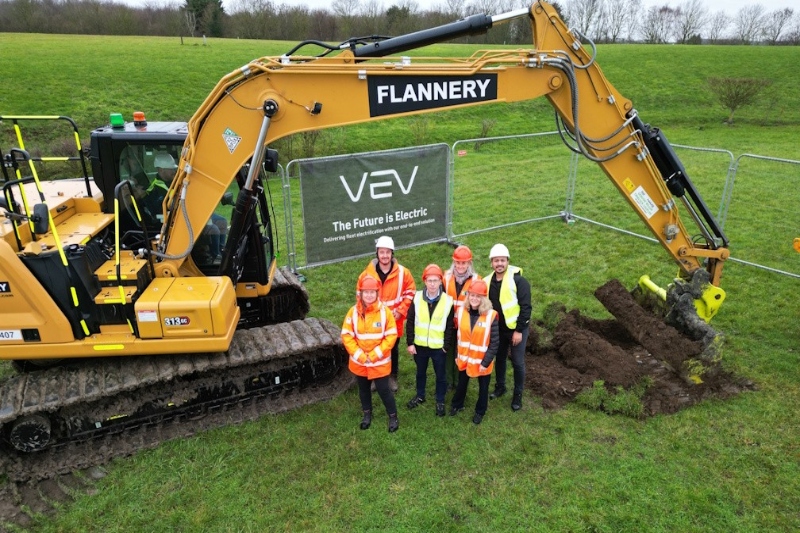According to recent research by The European Transport Safety Council, 25% of road deaths in the EU involve a goods vehicle. Meanwhile, statistics from Transport for London show that HGVs are involved in more than 80% of vulnerable road user fatalities in the City, despite making up only 4% of traffic. Alongside this, reports from the World Health Organization show that construction and agriculture are amongst some of the highest-risk work populations in the world with many injuries and fatalities caused by moving vehicles or machinery.
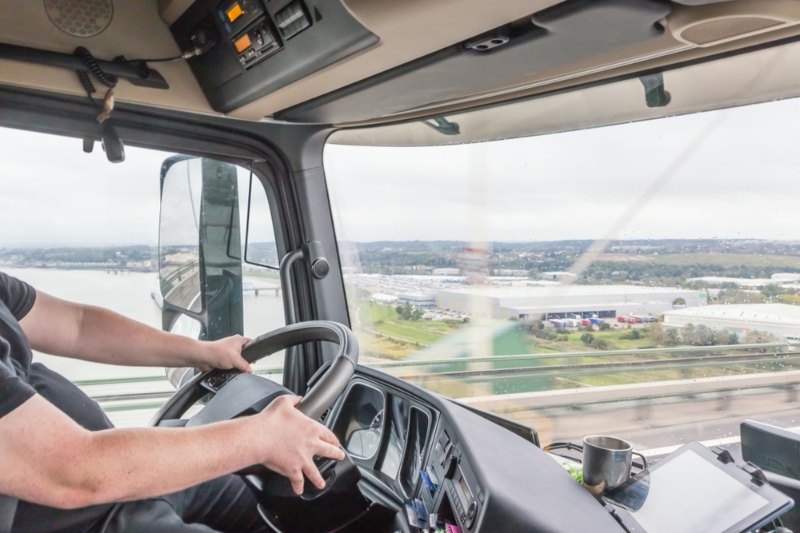 Sadly, these statistics show that there is still much to be done in preventing deaths and injuries caused by vehicles both on roads and in the workplace.
Sadly, these statistics show that there is still much to be done in preventing deaths and injuries caused by vehicles both on roads and in the workplace.
Driver visibility is key to maintaining road safety. What a driver can see from their position inside a vehicle plays an important role in directing road safety legislation, including London’s Direct Vision Standard.
However, direct vision, i.e. what a driver can see directly through their vehicle’s windows, is not enough to prevent collisions caused by blind spots. Direct vision can be limited by various factors, including dirty windows, sun glare, cab height, vehicle length, passengers obscuring glass doors (such as truck door windows) and the distance and height of a vulnerable road user in relation to the vehicle itself.
If the driver is not looking, they will not see
While driver visibility can be aided by passive systems, such as mirrors and cameras, these still require driver input in order to spot objects or people. In the time it takes a driver to check mirrors and react, a vehicle could travel as far as 10 metres, even at speeds as low as 3mph.
Emily Hardy, a vehicle safety expert from Brigade Electronics UK, explains: ‘While passive systems, such as mirrors, have been a legal requirement for many years, mirrors alone will not solve the blind spot problem. If the driver is not looking, they will not see that something is in the immediate vicinity of their vehicle.
‘This is why vehicle safety systems that require a driver to take immediate action through the provision of audible alerts and warning sounds are crucial to maintaining the highest road safety standards. These active systems will notify a driver instantaneously when a vehicle or object is in their blind spot, ensuring a driver can react immediately and prevent a collision.’
Brigade has produced an infographic demonstrating the importance of vehicle safety systems to improve driver visibility and how both passive and active systems help support and improve road safety.
‘Many collisions with large vehicles occur when they are manoeuvring at low speeds, such as turning left or reversing,’ Ms Hardy added.
‘Preventing deaths and injuries, as well as damage to objects and vehicles, can be reduced dramatically when a driver’s indirect vision from the cab is improved. We always recommend a combination of passive and active vehicle safety systems to be installed for ultimate safety.’


